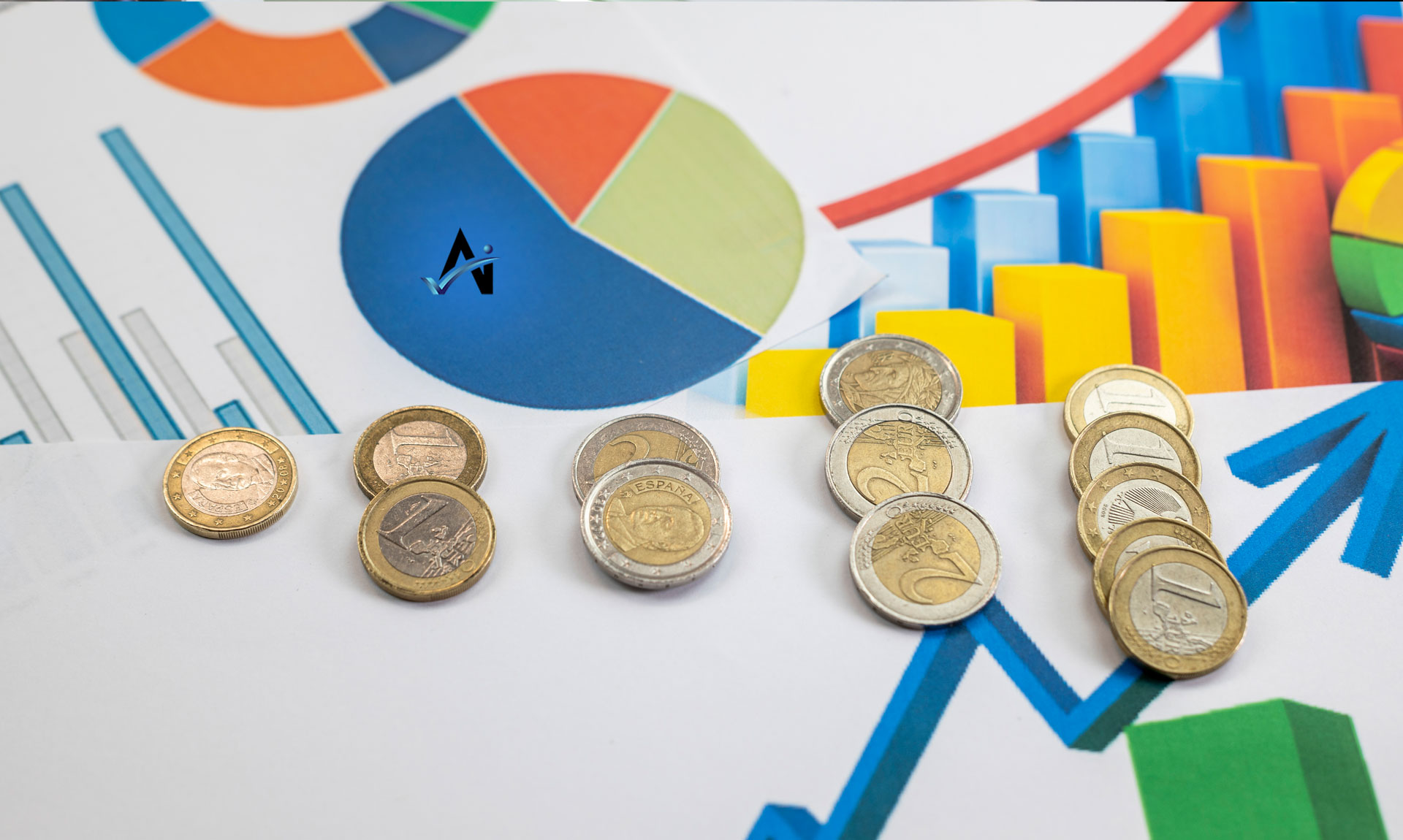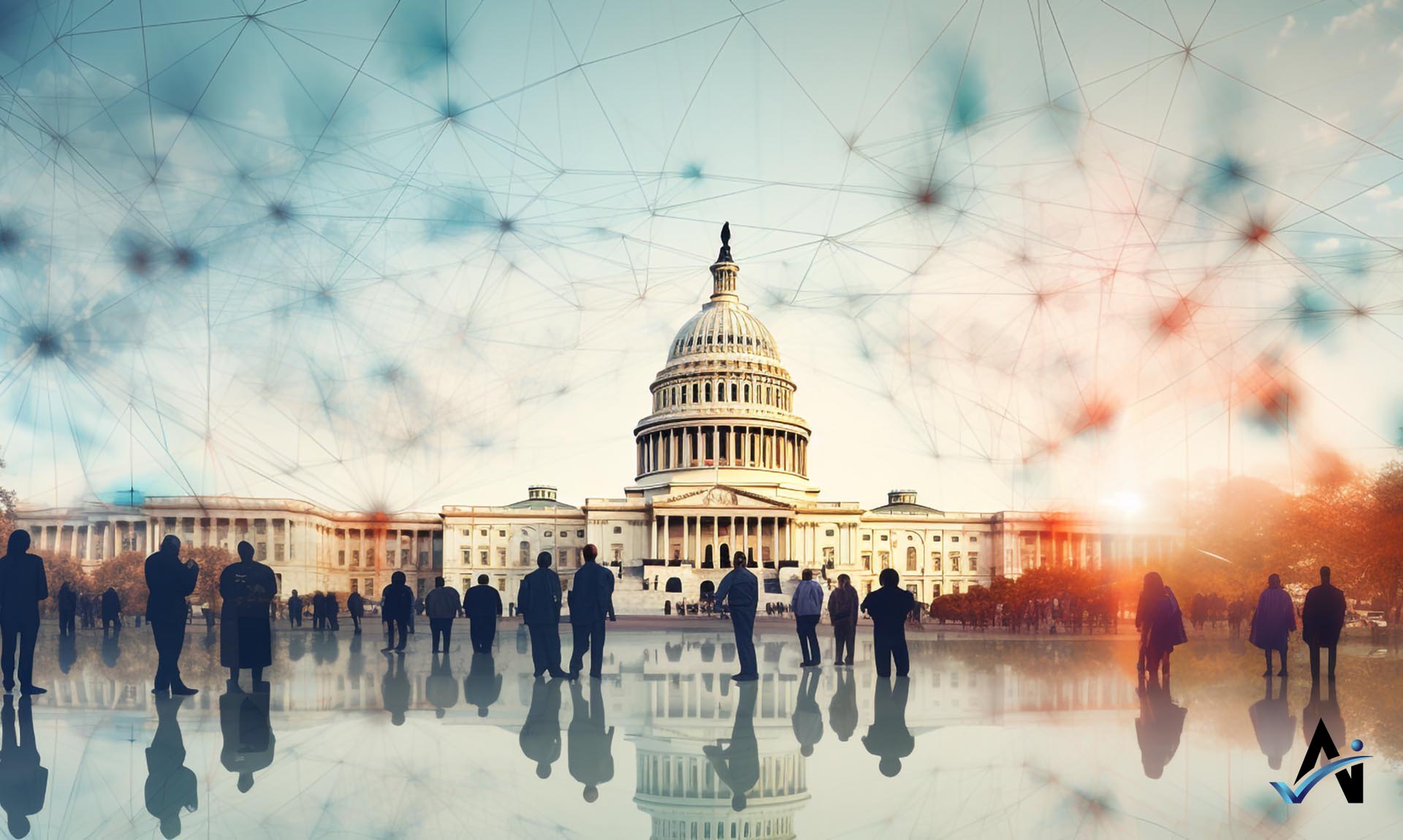The Supply and Demand of AI Microeconomic Solutions
Artificial Intelligence (AI) is transforming various sectors of our economy, and microeconomics is no exception. The field of microeconomics, which focuses on the individual behaviors of consumers, producers, and markets, has been greatly influenced by AI. This technological revolution is bringing about significant improvements in the understanding and application of microeconomic principles.
Data Analysis and Prediction
One of the most significant contributions of AI to microeconomics is its ability to analyze vast amounts of data with unprecedented accuracy. AI algorithms can process enormous datasets, including consumer preferences, market trends, and historical transaction data. This allows economists to make more informed predictions about future market behavior and consumer choices.
Demand and Supply Forecasting
AI-powered predictive models have enhanced the precision of demand and supply forecasting. Businesses can use these models to anticipate fluctuations in consumer demand, optimize inventory levels, and adjust pricing strategies accordingly. This not only reduces waste but also increases profitability.
Market Efficiency
AI algorithms are being applied to identify inefficiencies in markets. Whether it’s detecting price discrimination, market manipulation, or monopolistic behaviors, AI can quickly analyze vast datasets to uncover irregularities. This helps regulatory bodies maintain competitive markets and ensure fair pricing.
Personalized Pricing
Economists are leveraging AI to implement personalized pricing strategies. By analyzing individual consumer behavior and preferences, businesses can tailor prices to maximize revenue. This practice benefits both consumers and companies, as it ensures that prices align with what customers are willing to pay.
Behavioral Economics
AI is shedding new light on behavioral economics, a field that studies how psychological factors influence economic decisions. Machine learning algorithms can analyze vast amounts of data to identify patterns and biases in consumer behavior, leading to a deeper understanding of economic decision-making.
Risk Management
AI-powered models are improving risk assessment and management in microeconomics. Financial institutions and insurance companies use AI to evaluate credit risk, detect fraudulent activities, and optimize investment portfolios. This reduces financial instability and enhances overall economic stability.
Labor Market Analysis
AI is also playing a crucial role in labor market analysis. It helps economists track employment trends, assess the impact of automation on job markets, and identify areas where workforce development is needed. This information is invaluable for policymakers and businesses alike.
Policy Simulation
AI-driven simulation models allow economists and policymakers to test the potential impact of various policies on the economy. This helps in making informed decisions and crafting policies that promote economic growth, stability, and equity.
Market Design
AI is influencing the design of markets themselves. For example, AI algorithms are used in auction mechanisms, matching markets, and platform-based businesses to optimize resource allocation and improve market outcomes.
The integration of AI into microeconomics represents a paradigm shift in our understanding and application of economic principles. It enables economists to analyze data at a scale and precision that were previously unimaginable. AI-driven insights are shaping decision-making in businesses, government policy, and regulatory bodies, ultimately leading to more efficient, fair, and stable microeconomic systems. As AI technology continues to advance, the benefits it brings to microeconomics are likely to multiply, ushering in a new era of economic analysis and policy implementation.
latest video
Get Our Newsletter
Never miss an insight!






